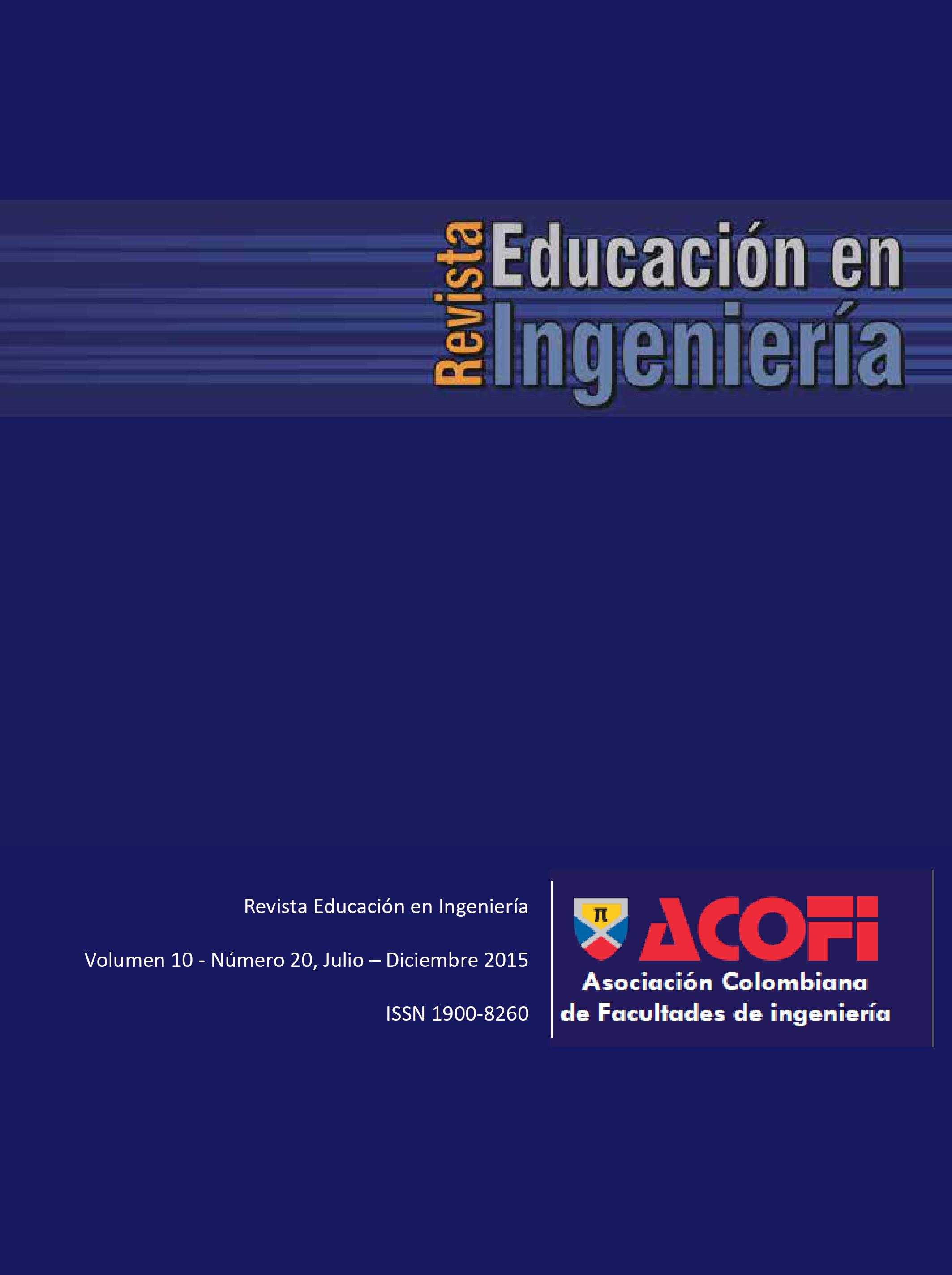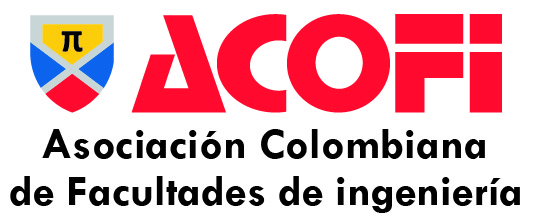ARQUITECTURA INTERACTIVA COMO SOPORTE AL APRENDIZAJE SITUADO EN LA ENSEÑANZA DE LA INGENIERÍA
Palabras clave:
Aprendizaje situado, contexto, realidad aumentada, código QR, NFCResumen
El aprendizaje situado adquiere importancia en la enseñanza de la ingeniería debido a que el contexto se convierte en el insumo que permite la interacción entre el estudiante y las actividades de aprendizaje, logrando así mejorar el conocimiento y habilidades de los educandos. El propósito de este trabajo de investigación es presentar un sistema de aprendizaje situado capaz de entregar contenidos de aprendizaje a estudiantes de ingeniería de acuerdo al contexto, obedeciendo a los fundamentos teóricos del aprendizaje situado. Para tal propósito se hace uso de la realidad aumentada y tecnologías como QR Code y NFC. Se realizaron tres experiencias de aprendizaje con estudiantes de los programas de Ingeniería de Sistemas, Eléctrica y Mecánica. Finalmente se probó el sistema con grupos de control y experimental y se logró determinar que se mejoró significativamente el rendimiento académico de los estudiantes que usaron el sistemaDescargas
Tipo:
Artículo de investigaciónReferencias bibliográficas
Aguirre, G. K., Detre, J. A., Zarahn, E., & Alsop, D. C. (2002). Experimental design and the relative sensitivity of BOLD and perfusion fMRI. Neuroimage, 15(3), 488-500.
Azuma, R. T. (1997). A survey of augmented reality. Presence, 6(4), 355-385.
De Pietro, O., & Frontera, G. (2012, July). Mobile tutoring for situated learning and collaborative learning in AIML application using QR-Code. In Complex, Intelligent and Software Intensive Systems (CISIS), 2012 Sixth International Conference on (pp. 799-805). IEEE.
Dede, C. (2009). Immersive interfaces for engagement and learning. science,323(5910), 66-69.
Dey, A. K. (2001). Understanding and using context. Personal and ubiquitous computing, 5(1), 4-7.
Dunleavy, M., Dede, C., & Mitchell, R. (2009). Affordances and limitations of immersive participatory augmented reality simulations for teaching and learning. Journal of Science Education and Technology, 18(1), 7-22.
Fisher, R. A. (1995). Statistical methods, experimental design, and scientific inference. J. H. Bennett (Ed.). Reino Unido: Oxford University Press.
FitzGerald, E., Ferguson, R., Adams, A., Gaved, M., Mor, Y., & Thomas, R. (2013). Augmented reality and mobile learning: the state of the art. International Journal of Mobile and Blended Learning, 5(4), 43-58.
Herrington, J., & Oliver, R. (1995). Critical characteristics of situated learning: Implications for the instructional design of multimedia.
Herrington, J., & Oliver, R. (2000). An instructional design framework for authentic learning environments. Educational technology research and development, 48(3), 23-48.
Hung, I. C., Yang, X. J., Fang, W. C., Hwang, G. J., & Chen, N. S. (2014). A context-aware video prompt approach to improving students' in-field reflection levels. Computers & Education, 70, 80-91.
Hwang, G. J., Tsai, C. C., & Chen, C. Y. (2012). A context-aware ubiquitous learning approach to conducting scientific inquiry activities in a science park. Australasian Journal of Educational Technology, 28(5), 931-947.
Jacquinot, Y., Takahashi, S., & Tanaka, J. (2010). Computer-assisted learning based on a ubiquitous environment-Application to Japanese Kanji learning. In Proceedings of the Fourth Symposium on Knowledge Creation Support System (pp. 49-54).
Lave, J., & Wenger, E. (1991). Situated learning: Legitimate peripheral participation. Cambridge university press.
Lewis, S., & Currie, I. (2003). A novel experimental design for comparative twodimensional gel analysis: two-dimensional difference gel electrophoresis incorporating a pooled internal standard. Proteomics, 3, 36-44.
McLellan, H. (1996). Situated learning perspectives. Educational Technology.
O'Shea, P., & Elliott, J. (2015, March). Augmented Reality in Education: An Exploration and Analysis of Pedagogical Design in Mobile Augmented Reality Applications. In Society for Information Technology & Teacher Education International Conference (Vol. 2015, No. 1, pp. 3525-3532).
Tetchueng, J. L., Garlatti, S., & Laube, S. (2008). A Context-Aware Learning System based on generic scenarios and the theory in didactic anthropology of knowledge. IJCSA, 5(1), 71-87.
Tynjälä, P. (2008). Perspectives into learning at the workplace. Educational Research Review, 3(2), 130-154.
Wu, P. H., Hwang, G. J., Su, L. H., & Huang, Y. M. (2012). A context-aware mobile learning system for supporting cognitive apprenticeships in nursing skills training. Journal of Educational Technology & Society, 15(1), 223-236.
Descargas
Archivos adicionales
Publicado
Cómo citar
Número
Sección
Licencia
Se autoriza la reproducción total o parcial de los documentos publicados en la Revista siempre y cuando se cite la fuente y el autor.
Métricas
| Estadísticas de artículo | |
|---|---|
| Vistas de resúmenes | |
| Vistas de PDF | |
| Descargas de PDF | |
| Vistas de HTML | |
| Otras vistas | |








